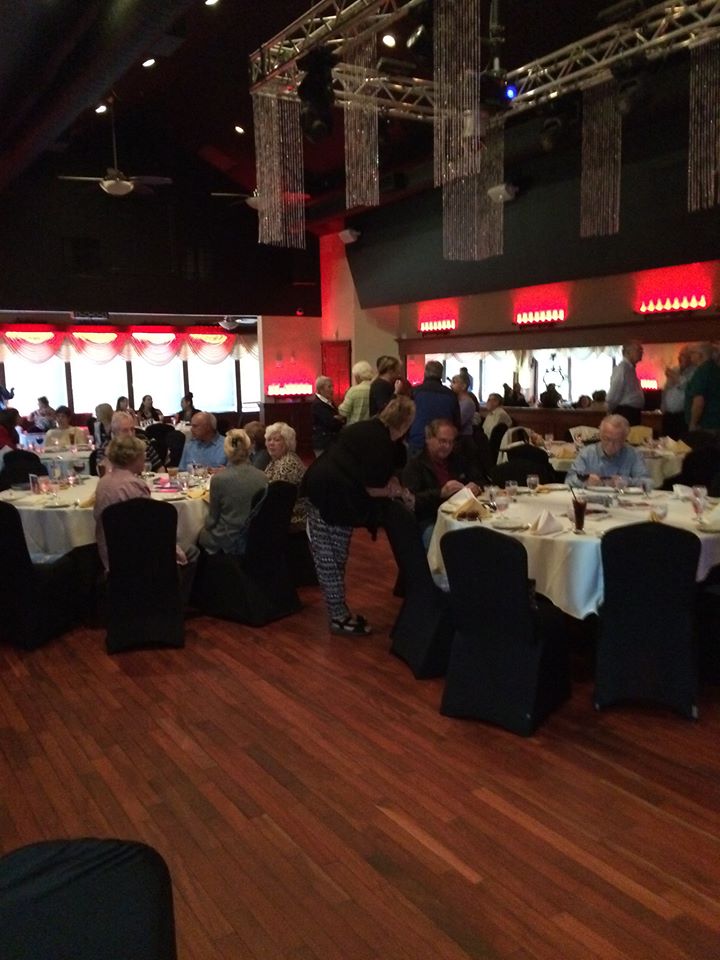New Year’s Eve is a worldwide celebration.
New Year’s Eve celebrations are unique throughout the world and date back to Mesopotamian times. The Mesopotamians made resolutions to do better in the upcoming year, participated in religious ceremonies, performed rituals, sang, danced and ate during an 11 day festival.
The Times Square New Year’s Eve Ball is a New Year’s Eve icon watched by 1 billion people worldwide.
The Times Square Ball is based on time ball drops originating from the Royal Observatory at Greenwich, England. In the 1800s, time balls were dropped at 1pm everyday so nearby ships could set their chronometers. The US Naval Observatory, in Washington, DC still drops a ball at 12 noon everyday. The New Year’s Eve Ball, in Times Square, faithfully drops at midnight every December 31st, except for 1942 and 1943 due to “dim-out” restrictions during World War II.
The New Year’s Eve Ball has undergone 7 modifications since the original. The first ball, in 1907, was made of iron and wood. It weighed 700 pounds and had 100 25-watt light bulbs. The current ball is 2,688 Waterford crystal triangles, 32,000 state-of-the art LEDs with the capacity of 16 million colors combining into billions of patterns. It weighs almost 12,000 pounds and is 12 feet in diameter. On this New Year’s Eve, the light patterns will represent The Gifts of Fortitude, Kindness, Wonder and Imagination.
New Year’s Eve celebrations are worldwide events but the celebrations are anything but standard.
- In Latin America celebrants wear colored underwear representing their hopes for the new year. Red is for love and passion; yellow for happiness and peace; white for fertility and health.
- In Brazil white flowers are released into the sea to honor Yemanja, the Queen Of The Sea; representing energy and strength for the upcoming year.
- In Spain, 12 white grapes are eaten at the 12 strokes of midnight; symbolizing the 12 lucky months to come.
- Russian traditions include the New Year’s Tree celebration. Russian Santa and his granddaughter leave gifts under tree for children to unwrap in the New Year. Live music, singing and fireworks make this tradition bigger than traditional Christmas celebrations.
- Ecuadorians bring in the New Year by burning a scarecrow (representing the negativity of the year ending) to cleanse the area and let in the positive energy and good luck of the new year.



